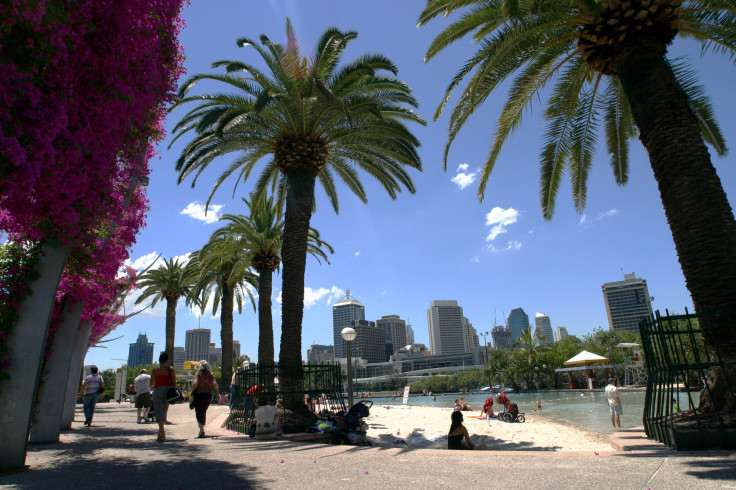Property zoning rules push up cost of housing in Brisbane, RBA finds

The Reserve Bank of Australia has found that property zoning regulations have pushed up the cost of housing in Brisbane by over 40 percent as it restricts the supply of new homes. Zoning rules have added $159,000 to the cost of the average house in the Queensland capital, according to a new discussion paper.
The central bank recently released a paper titled “The Effect of Zoning on Housing Prices” by Ross Kendall and Peter Tulip. It shows that $110,000 was added to the cost of an apartment in Brisbane due to zoning restrictions.
Zoning and planning decision that limit supply in some inner-city areas can add up to $300,000 to the ultimate price, according to RBA estimates. The research suggests that development restrictions have “contributed materially” to the rise in housing prices.
Australia’s four biggest cities have seen house prices rise since the late 1990s. The RBA warns it can get worse, with possible rises in housing demand set to bind current zoning restrictions “more tightly” and continue putting upward pressure on prices.
“We emphasise that this is not the amount that housing prices would fall in the absence of zoning,” the paper reads. Its authors pointed out that the effect of zoning has risen dramatically over the past two decades, possibly because of the existing restrictions binding more tightly as demand has increased.
The authors also stated that policy changes for less binding zoning restrictions could lessen upward pressure on housing prices. They cited examples such as increasing building height limits or reducing underlying demand for land in areas where restrictions were binding.
Realestate.com.au reports Housing Industry Association principal economist Tim Reardon as saying that planning restrictions resulted in decades of under-supply of new housing, specifically in the metropolitan areas. “Restrictions on the adequate release of land for new dwellings and on the type of dwellings that can be built are at the core of this undersupply of housing,” he said.
Reardon believes that state governments must take on policies such as fixing planning rules. This would allow more homes to be built in inner and middle-ring suburbs of the nation’s largest cities. He said that supporting the supply of new land around Australian cities must continue to attain the right balance of housing supply.





















